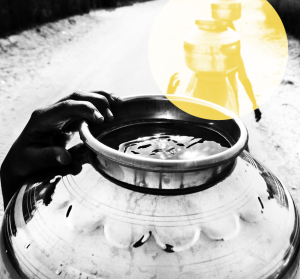
These are the questions behind Climate Asia, the world’s largest study of people’s everyday experience of climate change. The project surveyed 33,500 people across seven Asian countries – Bangladesh, China, India, Indonesia, Nepal, Pakistan and Vietnam.
In India, the research was conducted from May to August 2012 across cities and villages in f ive states: Gujarat, Madhya Pradesh, Odisha, Tamil Nadu and Uttarakhand, and in the city of Mumbai. These particular states were selected to represent different geographic areas in the country, which include coasts, mountains, a delta, plains with large tracts of rainfed agriculture and a large city. They are also home to people in very diverse socio-economic groups. Climate Asia recorded the opinions, insights and needs of this population, about 70% of whom live on less than $2 (£1.30) a day.
Climate Asia conducted 24 focus group discussions with men and women from different social backgrounds across eight locations in the chosen states and city in India. In addition, our researchers held eight community assessments with communities vulnerable to climate change, as well as 30 in-depth interviews with key experts and opinion-formers from government, civil society, business and academia.
Using both quantitative and qualitative research, we have built a picture of how people in the states and city surveyed live and deal with climate change. This includes their values, livelihoods, use of food, water and energy, family life, worries, what they watch and listen to, whom they trust the most, what they hope for in the future, and the environmental changes they have noticed or deal with already.
